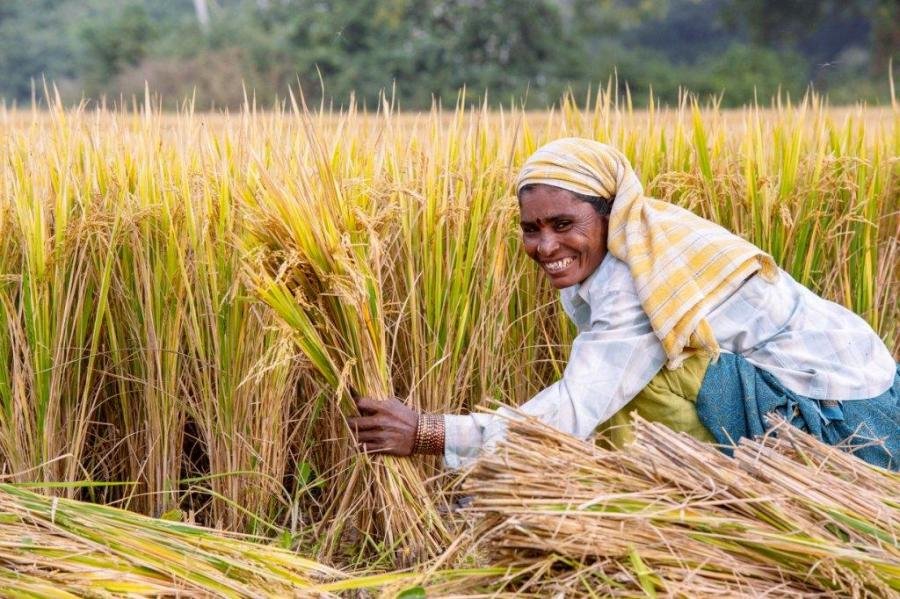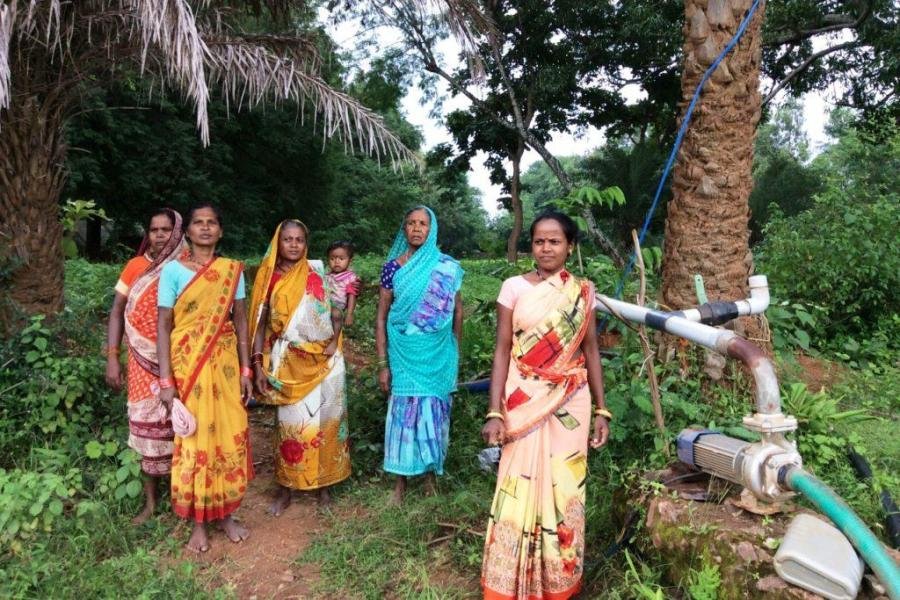For decades, India’s agriculture has been shaped by the Green Revolution, which brought food security in the country in the 1960s. However, it also introduced practices that have been straining the country’s natural resources. Also, the traditional model of agriculture, which heavily relies on chemical fertilizers, mono-cropping, and inefficient water usage, has created long-term challenges for sustainability. Rising demand for food, coupled with the mounting challenges of climate change and resource depletion, has made sustainable farming an urgent necessity.
One of the biggest hurdles toward, of course, is the lack of awareness about sustainable farming techniques or their long-term benefits among Indian farmers. Traditional knowledge, while valuable, often clashes with newer, sustainable methods that require understanding soil health, biodiversity, and climate resilience. Without adequate education, farmers are hesitant to move away from established practices that prioritize short-term gains over long-term sustainability. For instance, studies have shown that many farmers overuse fertilizers and pesticides, not realizing their negative impact on soil health and crop yields in the long term.
The conversation around the challenges in sustainable farming is, however, far more complex given the constraints posed by population, markets, and policies. Let’s explore some of them below:
Fragmented Land Holdings: India’s agricultural landscape is characterized by small and fragmented landholdings. The average farm size in India is only 1.08 hectares, making it challenging to implement large-scale sustainable practices such as crop rotation, agroforestry, or precision farming.
Overdependence on Chemical Inputs: The Green Revolution helped India achieve self-sufficiency in food production, but it also introduced an overdependence on chemical fertilizers and pesticides. Excessive use of these inputs has led to soil degradation, loss of biodiversity, and contamination of water bodies. According to a report by the Indian Council of Agricultural Research (ICAR), nearly 30% of the country’s agricultural land has been degraded due to overuse of chemicals.
Water Management Issues: India is one of the largest users of groundwater in the world, with over 70% of its irrigation relying on this resource. This unsustainable extraction has led to declining water tables in regions such as Punjab and Haryana. On the other hand, poor irrigation infrastructure in several areas causes water wastage and waterlogging, reducing soil fertility. Climate change has further exacerbated water scarcity, with erratic rainfall patterns making traditional water management techniques less effective.
Climate Change and Extreme Weather: The impact of climate change on Indian agriculture is already evident. Erratic weather patterns, increasing temperatures, and unpredictable monsoons have disrupted crop cycles and reduced yields. For example, the frequency of droughts has increased in regions such as Maharashtra and Karnataka, while unseasonal rainfall has caused extensive damage to standing crops in states like Bihar and Uttar Pradesh.
Post-Harvest Losses and Poor Infrastructure: India loses around 16% of its agricultural produce post-harvest due to inadequate storage facilities, poor transportation infrastructure, and inefficient supply chains. These losses discourage farmers from investing in sustainable practices as they struggle to break even, let alone profit from their produce.
Policy and Market Constraints: Although the Indian government has introduced schemes like Paramparagat Krishi Vikas Yojana (PKVY) to promote organic farming, implementation remains inconsistent. Moreover, the lack of an organized market for sustainably grown produce discourages farmers from adopting these practices. Without assured buyers or premium pricing, many farmers revert to conventional methods.
Emerging Solutions for Sustainable Farming in India
Despite these challenges, India is witnessing a wave of emerging solutions driven by technological innovation, policy reform, and grassroots initiatives. While we have a long way to go, India is still taking confident steps towards balancing agricultural productivity with environmental conservation.
India’s research institutions are playing a crucial role in developing crop varieties that can withstand extreme weather conditions and the challenges of climate change. For instance, the Indian Council of Agricultural Research (ICAR) has introduced drought-tolerant rice and flood-resistant paddy varieties, enabling farmers in regions like Odisha and Bihar to adapt to erratic rainfall patterns. Similarly, heat-tolerant wheat varieties are being cultivated in states such as Punjab and Haryana, where rising temperatures threaten traditional wheat crops.
The rise of agritech in India is revolutionizing the farming landscape. Startups and private players are leveraging artificial intelligence (AI), satellite technology, and Internet of Things (IoT) devices to empower farmers. Tools such as drones and remote sensors help farmers monitor crop health, optimize irrigation, and identify pest infestations early.
A few companies have also come up with AI tools that can analyse pest behaviour and recommend eco-friendly solutions to farmer; thereby reducing their dependence on harmful chemical pesticides.
Expansion of Organic and Natural Farming Movements
Organic and natural farming are becoming more popular in India as farmers look for sustainable ways to grow crops. Sikkim has set an example by becoming the first state in the country to practice 100% organic farming, showing that it is possible to use sustainable methods on a large scale. The government’s Paramparagat Krishi Vikas Yojana supports this shift by giving farmers financial help and helping them find markets for their organic produce. Another method gaining attention is Subhash Palekar Natural Farming, which uses natural materials like cow dung, cow urine, and biofertilizers to improve soil health. Farmers in states like Andhra Pradesh and Maharashtra are using this natural farming technique to cut costs and grow better-quality crops without relying on chemical fertilizers.
Water-Saving Practices
Managing water sustainably is essential for India, as agriculture uses more than 80% of the country’s freshwater. To address this, the Indian government, under the Pradhan Mantri Krishi Sinchai Yojana, is promoting methods like drip and sprinkler irrigation. These systems help save water by delivering it directly to the roots of plants, reducing waste. In drought-prone areas like Rajasthan and Maharashtra, farmers are also turning to rainwater harvesting, using traditional techniques to collect and store rainwater for irrigation.

















.jpg)




